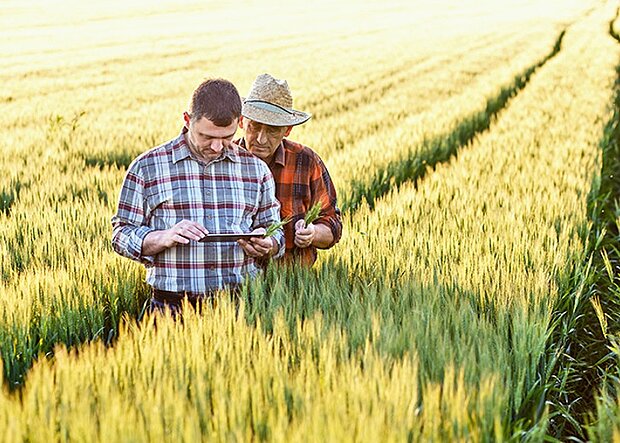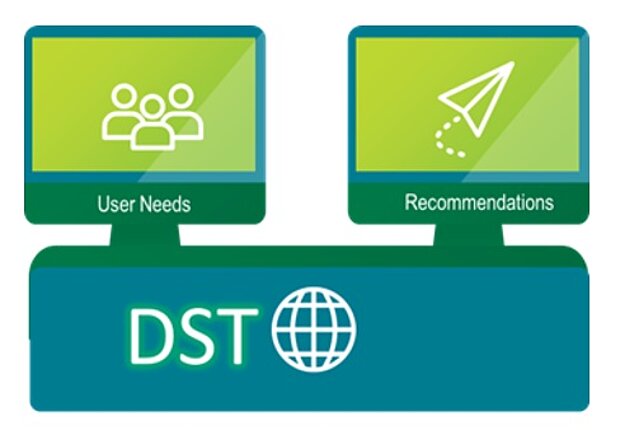COMMECT Objectives

OBJECTIVE 1
Empower rural and remote communities and train them toward digitalization
COMMECT will adopt a twofold approach toward digital inclusion of rural communities: (1) easy access to fast and reliable broadband Internet (making it affordable for all, and able to meet different end-user needs), and (2) educate rural communities and business toward the adoption of the digital technologies.

OBJECTIVE 2
Increase competitiveness of rural communities and give them access to new services and business opportunities
COMMECT will design innovative, cost-effective, and energy-efficient (5G, last mile, and edge) connectivity solutions that can increase the attractiveness of the rural remote area to businesses and individuals. COMMECT will enhance the communities’ capability to create and innovate business models to impactremote rural area socially and economically in a sustainable way. New forms of entrepreneurship in agriculture and forestry, based on environmental and social values, will also be promoted

OBJECTIVE 3
Facilitate decision-making in the selection of the most appropriate Internet connectivity
The choice of the most appropriate technology is dependent on economic, geographic, and technical factors, as well as the type and number of services required, infrastructure already available, etc. COMMECT will validate such concept in five Living Labs, deployed in five different countries, with different regional, socio-economic, and environmental conditions. Technical and non-technical actors will closely work together in the Living Labs, exchanging their complementary knowledge (scientific and practical). COMMECT will develop a DST that advises farmers, forestry, municipalities, and decision-makers on the best connectivity solution, according to not only to technical requirements but also to the foreseen socio-economic and environmental impact.

OBJECTIVE 4
Contribute to climate change mitigation and increase resilience and sustainability of rural communities
Connectivity solutions will be designed considering criteria such as energy efficiency, climate change impact and total cost of ownership to improve their sustainability performance. The benefits of the connectivity solutions (i.e. Green ICT and ICT for Green) will also be assessed and compared to sustainability targets (European Green Deal and Fit for 55 package) for the agricultural and forestry sectors (e.g. reaching climate neutrality by 2050 in the EU). The socio-economic and environmental indicators will be included in the DST to guide the end-users towards more sustainable choices.

